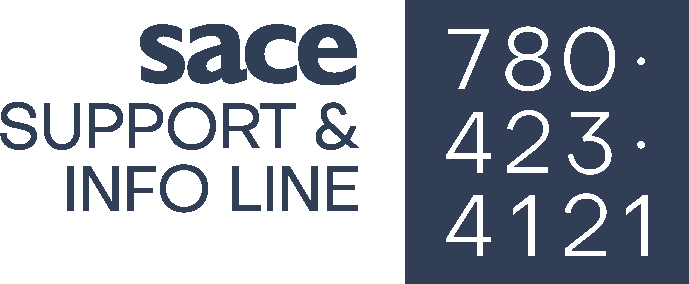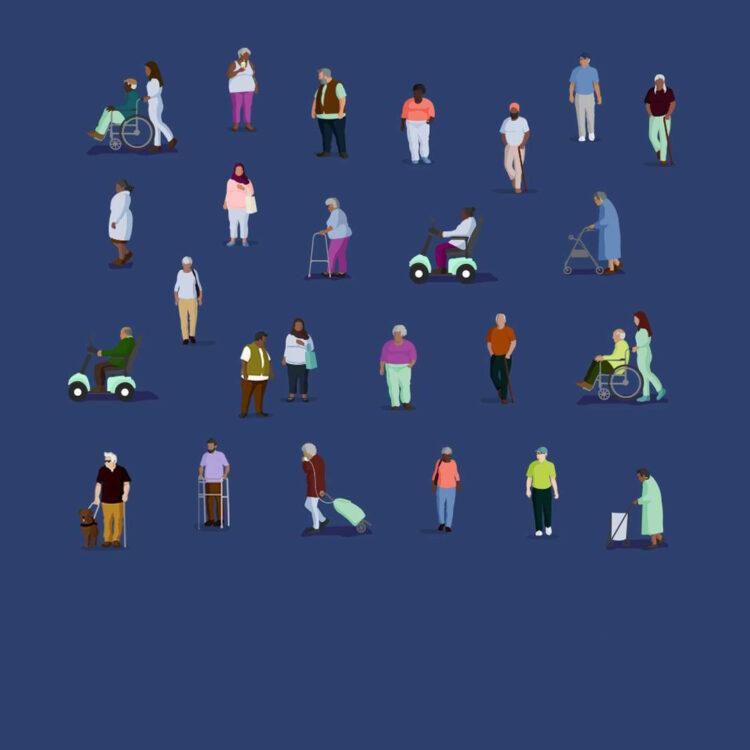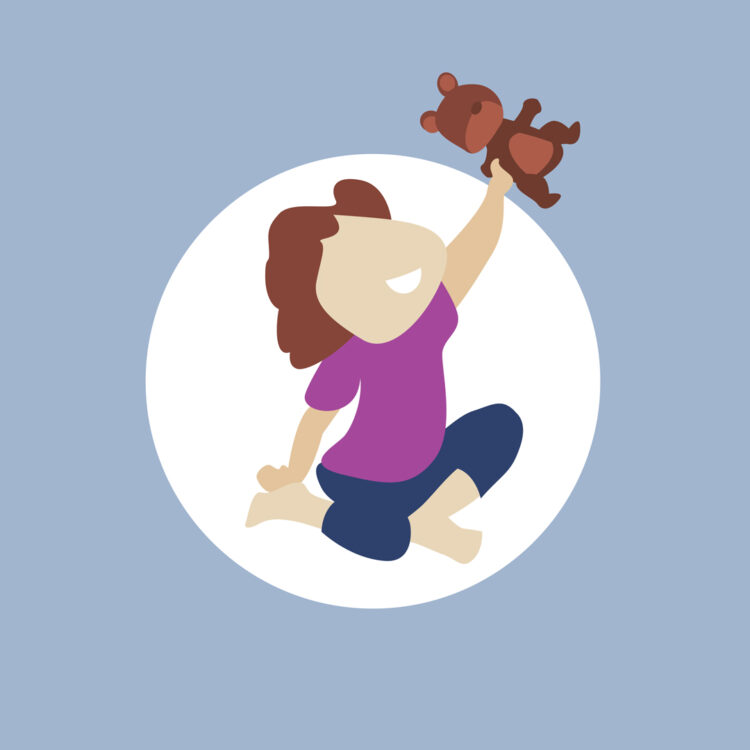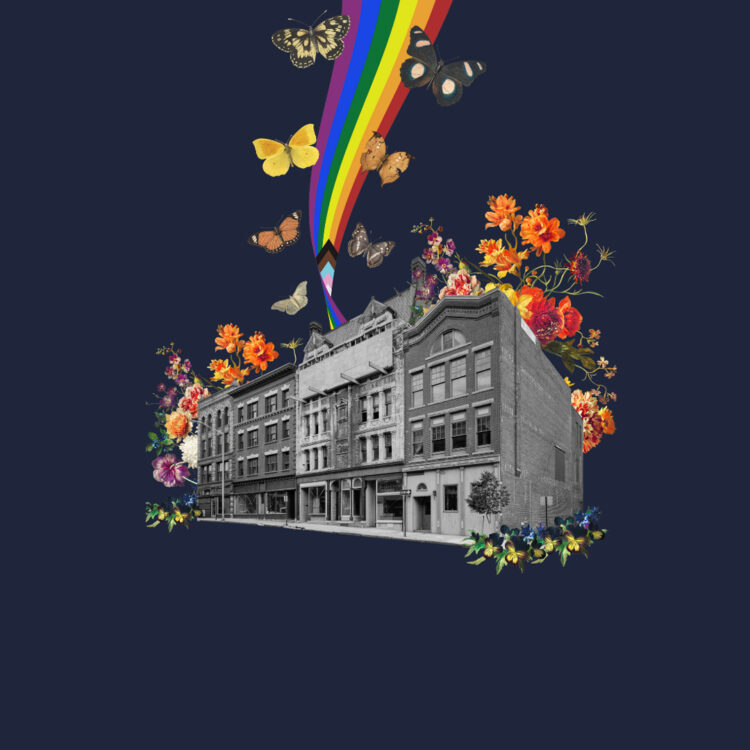[vc_row visibility="visible-desktop" el_id="visible-desktop"][vc_column width="1/3"][vc_tta_accordion style="flat" shape="square" color="white" c_position="right" active_section="9999" collapsible_all="true"][vc_tta_section title="Child Sexual Abuse" tab_id="1587405446760-84a72c79-369d"][vc_column_text]
The improper exposure of a child to any sexual contact, activity, or behaviour. This includes all sexual touching, the invitation to touch, exhibitionism, exposure to pornography.[/vc_column_text][/vc_tta_section][vc_tta_section title="Coercion" tab_id="1587405446773-891b14ee-7c07"][vc_column_text]
Forcing another individual, through violence, threats (physical or emotional), pressure, deception, guilt, to engage in sexual activities against their will.[/vc_column_text][/vc_tta_section][vc_tta_section title="Consent" tab_id="1587405446789-223c99da-d81c"][vc_column_text]
A voluntary agreement between 2 or more people to engage in sexual activity. Consent must be clear, informed, voluntary, sober, act and person-specific, ongoing, mutual, active, and come directly from the individuals engaging in the sexual contact. It is impossible to get consent from children, though close-in-age and peer-experimentation exceptions exist for youth ages 12-15.[/vc_column_text][/vc_tta_section][vc_tta_section title="Consent Culture" tab_id="1587405446805-9840d036-c920"][vc_column_text]
A society or environment in which obtaining consent and respecting boundaries is the norm, for both sexual contact and everyday activities.[/vc_column_text][/vc_tta_section][vc_tta_section title="Feminism" tab_id="1587674192244-4bfe5f7a-8b28"][vc_column_text]
The advocacy of women's rights on the basis of the equality of the sexes.
An intersectional approach to service delivery that acknowledges that the root of sexual violence is power inequality and works to reduce barriers that groups and individuals face when seeking support and volunteer or employment opportunities.[/vc_column_text][/vc_tta_section][/vc_tta_accordion][/vc_column][vc_column width="1/3"][vc_tta_accordion style="flat" shape="square" color="white" c_position="right" active_section="9999" collapsible_all="true"][vc_tta_section title="Non-Consensual Photo Sharing" tab_id="1587405450470-c6a1eff7-4216"][vc_column_text]
When an intimate photo or video is shared or taken without the voluntary consent (see definition above) of the person in the photo or video (Source)[/vc_column_text][/vc_tta_section][vc_tta_section title="Person-First Language" tab_id="1587405450492-28348d33-7c5e"][vc_column_text]
Person-first language recognizes that a person is more than any one experience and that labels are sometimes harmful. People who have experienced sexual violence may use terms like victim or survivor to describe themselves, or they may use words like offender or perpetrator to describe the person who harmed them. Terms that resonate for one person may not fit for another person for a variety of reasons, and SACE supports a person’s right to self-determine their identity and experience. This is why at SACE, we default to person-first language such as “person who experienced sexual assault”, or “person who used abusive behavior”, unless speaking with or about an individual who has identified how they would like their experience to be talked about.[/vc_column_text][/vc_tta_section][vc_tta_section title="Rape Culture" tab_id="1587405450509-3df16194-1470"][vc_column_text]
A society or environment whose prevailing social attitudes have the effect of normalizing or trivializing sexual assault and abuse.[/vc_column_text][/vc_tta_section][vc_tta_section title="Sex Trafficking" tab_id="1587405450528-18e0c47c-5e3d"][vc_column_text]
Sex trafficking is a form of sexual exploitation. Human trafficking for the purposes of sexual exploitation is a crime and Canada has specific legislation in the Criminal Code (S. 279) and in the IRPA (Immigrant and Refugee Protection Action) (S. 117 & 118) to address all types of human trafficking (sexual exploitation, labour exploitation, organ, debt servitude) There are three elements to constitute human trafficking: Action + Means + Purpose.[/vc_column_text][/vc_tta_section][vc_tta_section title="Sexual Abuse" tab_id="1587674244212-f8cd5a37-f47d"][vc_column_text]
Sexual abuse is most often used to refer to Child Sexual Abuse. To learn more about this, read the definition above or our section on Child Sexual Abuse.[/vc_column_text][/vc_tta_section][/vc_tta_accordion][/vc_column][vc_column width="1/3"][vc_tta_accordion style="flat" shape="square" color="white" c_position="right" active_section="9999" collapsible_all="true"][vc_tta_section title="Sexual Assault" tab_id="1550593051599-8c21f82d-4d97"][vc_column_text]
Any form of sexual contact without voluntary consent, including unwanted: oral contact (kissing); sexual touching; oral-genital contact; and/or vaginal or anal penetration. [/vc_column_text][/vc_tta_section][vc_tta_section title="Sexual Exploitation" tab_id="1550593123036-dcb6f880-1034"][vc_column_text]
Any actual or attempted abuse of a position of vulnerability, differential power, or trust, for sexual purposes, including, but not limited to, profiting monetarily, socially or politically from the sexual exploitation of another.[/vc_column_text][/vc_tta_section][vc_tta_section title="Sexual Harassment" tab_id="1550593611361-b8da2668-0eee"][vc_column_text]
Any unwanted comment, gesture, or action that is sexual in nature that makes someone feel afraid, embarrassed, uncomfortable or ashamed. The intention of the person doing the action doesn't matter, it's the negative impact the action has that makes something sexual harassment.[/vc_column_text][/vc_tta_section][vc_tta_section title="Sexual Violence" tab_id="1550593701095-ed7fd796-25f0"][vc_column_text]
Sexual violence is an umbrella term that refers to any form of non-consensual sexual behavior, including sexual assault, sexual abuse, sexual harassment, sexual exploitation, sex trafficking, and sexual violence facilitated through technology.[/vc_column_text][/vc_tta_section][/vc_tta_accordion][/vc_column][/vc_row][vc_row visibility="hidden-desktop" el_id="hidden-desktop"][vc_column][vc_tta_accordion style="flat" shape="square" color="white" c_position="right" active_section="9999" collapsible_all="true"][vc_tta_section title="Child Sexual Abuse" tab_id="1550591862188-51c920d8-2230"][vc_column_text]
The improper exposure of a child to any sexual contact, activity, or behaviour. This includes all sexual touching, the invitation to touch, exhibitionism, exposure to pornography.[/vc_column_text][/vc_tta_section][vc_tta_section title="Coercion" tab_id="1550591862197-d7b8e4cd-6f5e"][vc_column_text]
Forcing another individual, through violence, threats (physical or emotional), pressure, deception, guilt, to engage in sexual activities against their will.[/vc_column_text][/vc_tta_section][vc_tta_section title="Consent" tab_id="1550592010301-9f5fdffc-df49"][vc_column_text]
A voluntary agreement between 2 or more people to engage in sexual activity. Consent must be clear, informed, voluntary, sober, act and person-specific, ongoing, mutual, active, and come directly from the individuals engaging in the sexual contact. It is impossible to get consent from children, though close-in-age and peer-experimentation exceptions exist for youth ages 12-15.[/vc_column_text][/vc_tta_section][vc_tta_section title="Consent Culture" tab_id="1550592039053-b83f7941-207b"][vc_column_text]
A society or environment in which obtaining consent and respecting boundaries is the norm, for both sexual contact and everyday activities.[/vc_column_text][/vc_tta_section][vc_tta_section title="Feminism" tab_id="1550592603115-ded8851b-9606"][vc_column_text]
The advocacy of women's rights on the basis of the equality of the sexes.
An intersectional approach to service delivery that acknowledges that the root of sexual violence is power inequality and works to reduce barriers that groups and individuals face when seeking support and volunteer or employment opportunities.[/vc_column_text][/vc_tta_section][vc_tta_section title="Non-Consensual Photo Sharing" tab_id="1550592630698-bb1c34d7-357b"][vc_column_text]
When an intimate photo or video is shared or taken without the voluntary consent (see definition above) of the person in the photo or video (Source)[/vc_column_text][/vc_tta_section][vc_tta_section title="Person-First Language" tab_id="1550592660699-bbd046a6-a078"][vc_column_text]
Person-first language recognizes that a person is more than any one experience and that labels are sometimes harmful. People who have experienced sexual violence may use terms like victim or survivor to describe themselves, or they may use words like offender or perpetrator to describe the person who harmed them. Terms that resonate for one person may not fit for another person for a variety of reasons, and SACE supports a person’s right to self-determine their identity and experience. This is why at SACE, we default to person-first language such as “person who experienced sexual assault”, or “person who used abusive behavior”, unless speaking with or about an individual who has identified how they would like their experience to be talked about.[/vc_column_text][/vc_tta_section][vc_tta_section title="Rape Culture" tab_id="1550592697138-0471e35a-d1de"][vc_column_text]
A society or environment whose prevailing social attitudes have the effect of normalizing or trivializing sexual assault and abuse.[/vc_column_text][/vc_tta_section][vc_tta_section title="Sex Trafficking" tab_id="1550592911134-f819c7fb-8032"][vc_column_text]
Sex trafficking is a form of sexual exploitation. Human trafficking for the purposes of sexual exploitation is a crime and Canada has specific legislation in the Criminal Code (S. 279) and in the IRPA (Immigrant and Refugee Protection Action) (S. 117 & 118) to address all types of human trafficking (sexual exploitation, labour exploitation, organ, debt servitude) There are three elements to constitute human trafficking: Action + Means + Purpose.[/vc_column_text][/vc_tta_section][vc_tta_section title="Sexual Abuse" tab_id="1550592981132-00619c62-36ad"][vc_column_text]
Sexual abuse is most often used to refer to Child Sexual Abuse. To learn more about this, read the definition above or our section on Child Sexual Abuse.[/vc_column_text][/vc_tta_section][vc_tta_section title="Sexual Assault" tab_id="1550593051599-8c21f82d-4d97"][vc_column_text]
Any form of sexual contact without voluntary consent, including unwanted: oral contact (kissing); sexual touching; oral-genital contact; and/or vaginal or anal penetration. [/vc_column_text][/vc_tta_section][vc_tta_section title="Sexual Exploitation" tab_id="1550593123036-dcb6f880-1034"][vc_column_text]
Any actual or attempted abuse of a position of vulnerability, differential power, or trust, for sexual purposes, including, but not limited to, profiting monetarily, socially or politically from the sexual exploitation of another.[/vc_column_text][/vc_tta_section][vc_tta_section title="Sexual Harassment" tab_id="1550593611361-b8da2668-0eee"][vc_column_text]
Any unwanted comment, gesture, or action that is sexual in nature that makes someone feel afraid, embarrassed, uncomfortable or ashamed. The intention of the person doing the action doesn't matter, it's the negative impact the action has that makes something sexual harassment.[/vc_column_text][/vc_tta_section][vc_tta_section title="Sexual Violence" tab_id="1550593701095-ed7fd796-25f0"][vc_column_text]
Sexual violence is an umbrella term that refers to any form of non-consensual sexual behavior, including sexual assault, sexual abuse, sexual harassment, sexual exploitation, sex trafficking, and sexual violence facilitated through technology.[/vc_column_text][/vc_tta_section][/vc_tta_accordion][/vc_column][/vc_row]
















